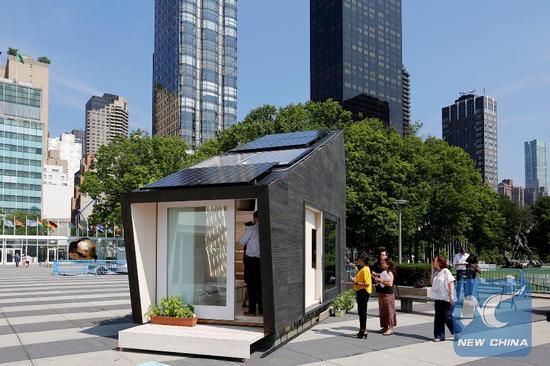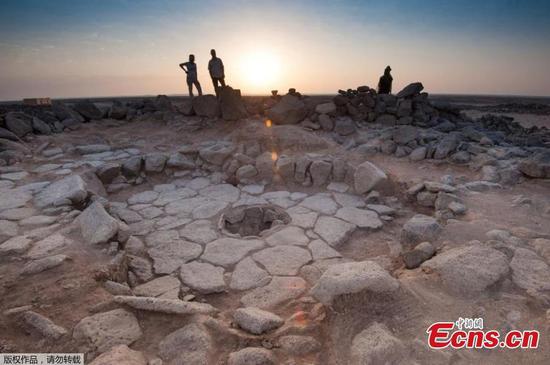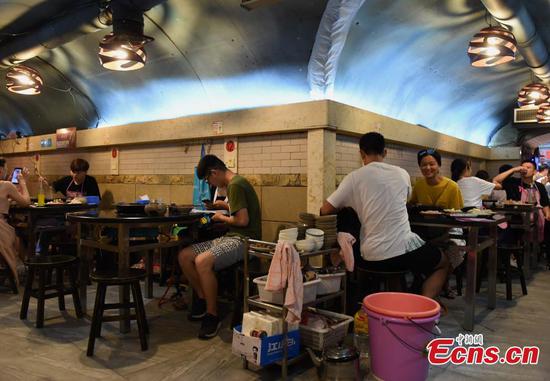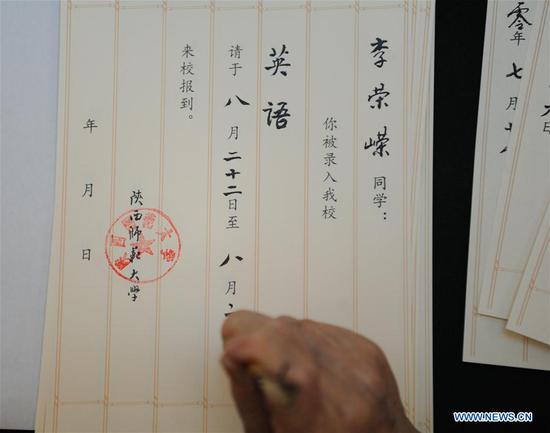
An Ecological Living Module, a 22 square meter tiny house, is displayed at the United Nations headquarters in New York, the United States, on July 16, 2018. (Xinhua/Li Muzi)
The United Nations displayed a new eco-housing module on Monday to raise public awareness of limiting overuse of natural resources for sustainable development.
The module, called "Tiny House", is a 22-square-meter housing unit fully powered by renewable energy. It is designed to test the potential for minimizing the use of natural resources, including water.
Constructed primarily from locally-sourced, bio-based renewable materials, the module can accommodate up to four people, serving both domestic and commercial purposes.
It was designed, fabricated and installed jointly by UN Environment, the Yale Center for Ecosystems in Architecture (CEA) and Gray Organschi Architecture.
Anna Dyson, founder of CEA, told reporters that the module's built-in systems included on-site water collection, micro agricultural infrastructure, natural day-lighting, plant-based air purification and passive cross-ventilation.
She said the roof of the unit is consisted of transparent solar facade. The materials can be recycled.
The dark exterior of the module is conducive to collecting more energy for heating and extending growing season for the micro-farming on the walls of the unit, she added.
Currently, around one billion people worldwide live in informal settlements, while millions more live in buildings that are not environmentally friendly.
The housing sector uses 40 percent of the planet's total resources and represents more than a third of global greenhouse gas emissions.
Innovations like the Tiny House module are what sustainable development calls for. It will make the housing sector more efficient and save more money for everyone.
The module will be on display at the UN Headquarters in New York City until July 18, after which it will be moved to San Francisco.


















































